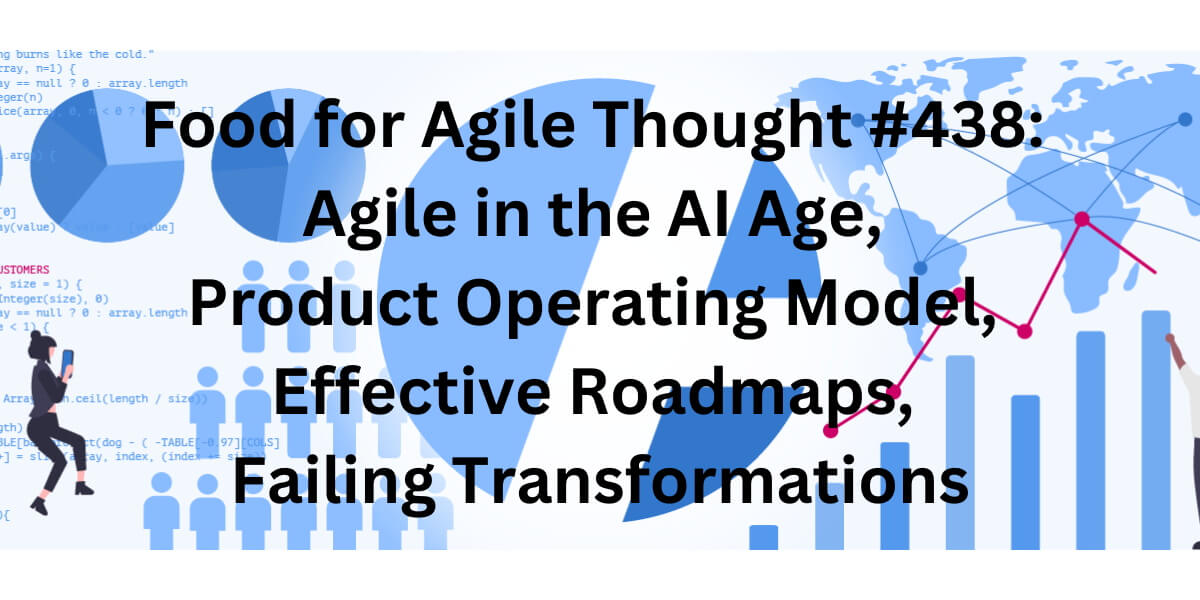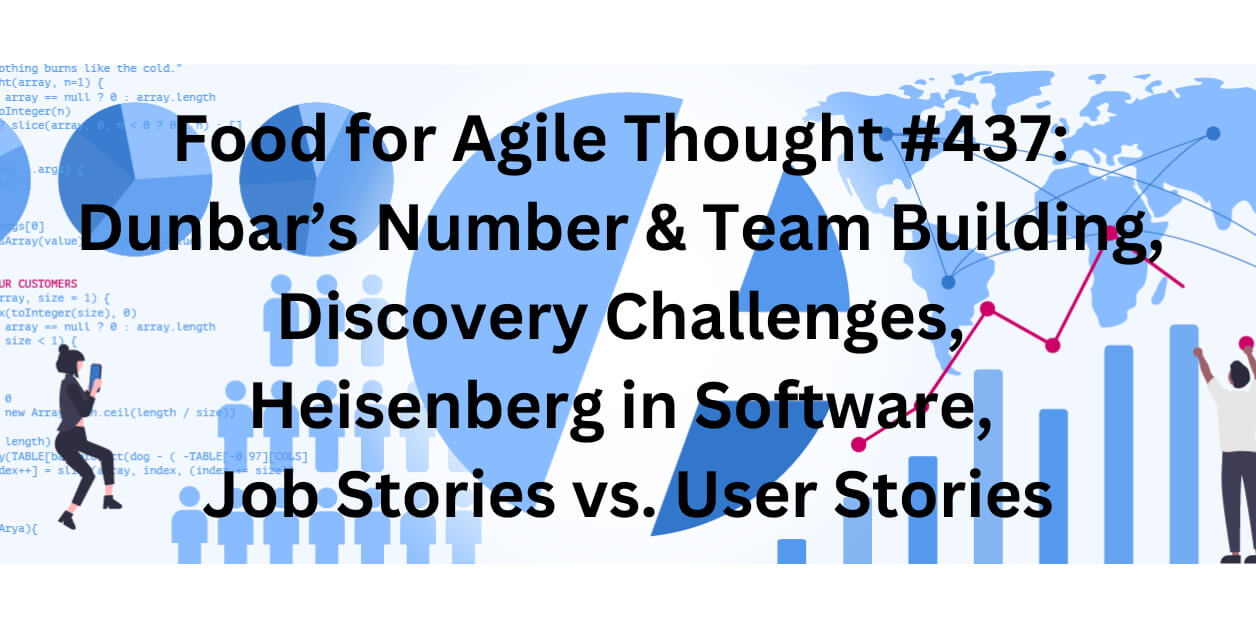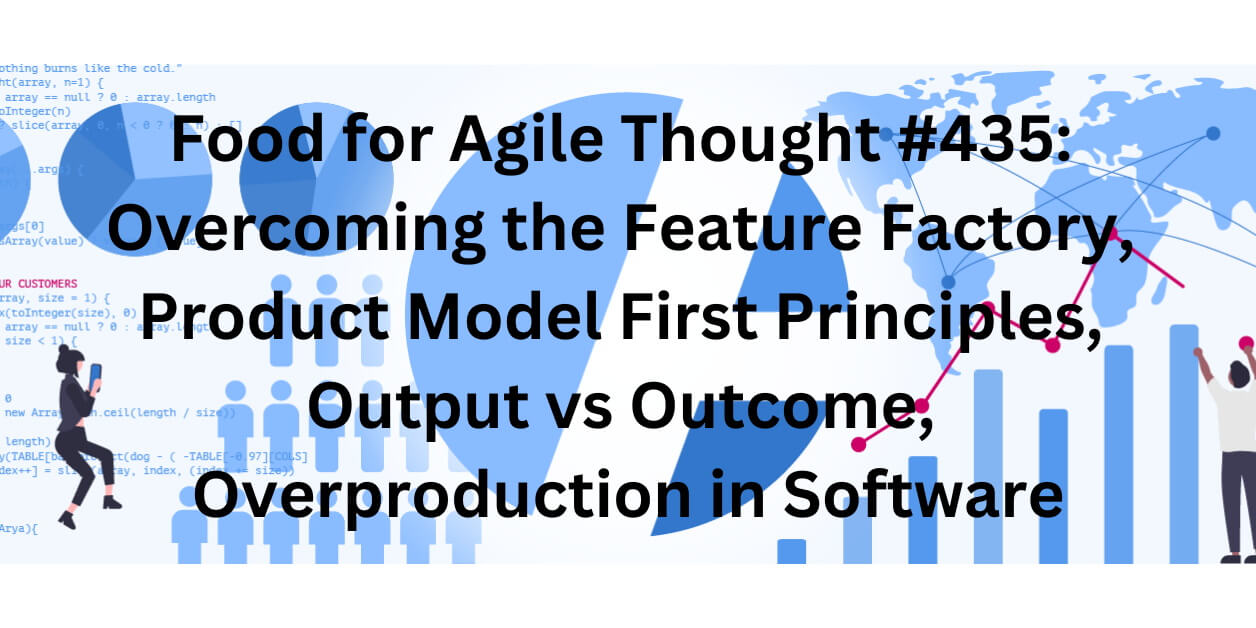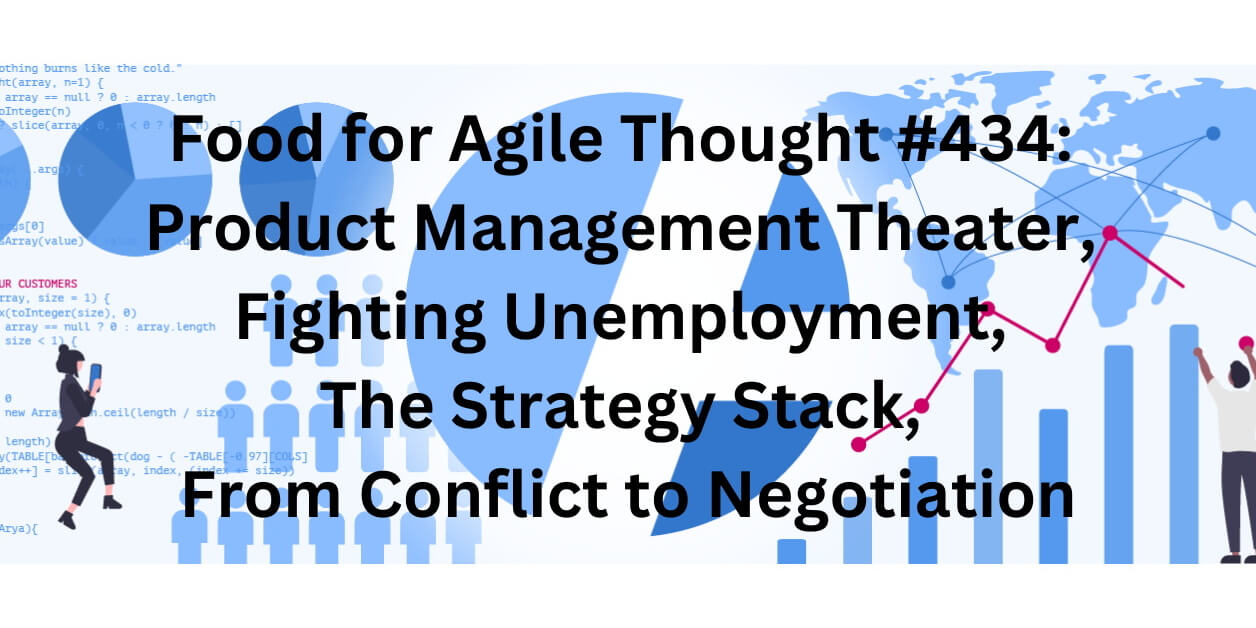TL; DR: Agile in the AI Age — Food for Agile Thought #438
Welcome to the 438th edition of the Food for Agile Thought newsletter, shared with 42,401 peers. This week, Henrik Kniberg challenges traditional Agile team sizes, advocating for smaller, AI-enhanced teams in his article on Agile in the AI age. Our Lemon champions a retro, bureaucratic approach to “Agile reporting,” and Murray Robinson and Shane Gibson discuss enhancing organizational agility with Evan Leybourn. Also, Michael Küsters argues for Agile as a dynamic, evolvable practice rather than a rigid dogma, while Petra Wille emphasizes structured strategies for effective organizational transformation. Moreover, Marty Cagan shares his perspective on Scrum and the Product Model.
Then, Agustin Soler shares insights from his tenure as Mural’s Chief Product Officer, detailing strategic initiatives that spurred growth. Ant Murphy discusses the nuanced differences between roadmaps and plans, advocating adaptability and audience-specific customization. Phil Hornby and John Cutler explore product management complexities, and Janna Bastow highlights the importance of closing the feedback loop in product management, suggesting AI could transform feedback mechanisms.
Lastly, First Round Capital introduces a new B2B framework to accelerate product-market fit and 37signals shares decision-making principles that underpin thoughtful business choices. Additionally, the Coaching Card Download Hub provides many practice cards for organizational learning and productivity enhancement. Finally, Todd Lankford emphasizes rational decision-making in product development, advocating for clarity over emotion to boost team performance and product evolution.







